The Ultimate Guide To Music Marketing
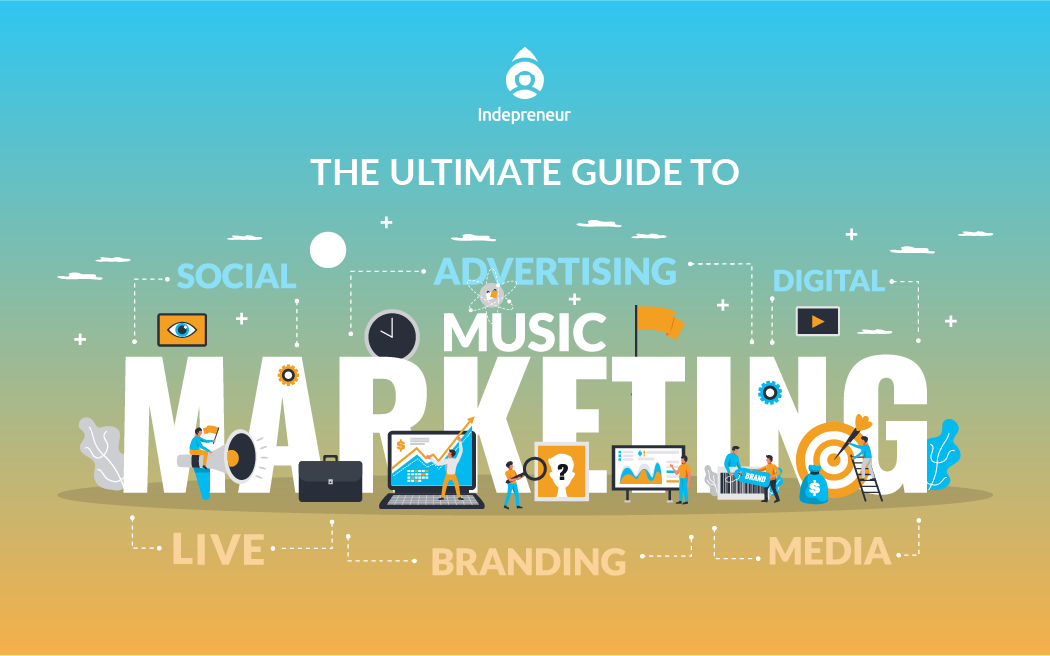
Written by Jesse Gillenwalters | August 17th, 2021
So, you've got great music that you think is worthy of some music marketing...
You've been a musician for a while and have honed in on your sound...
You've also got great content to support that music - killer videos, a stunning photo shoot, and a fancy website...
Maybe you've even got a music marketing plan in mind - influencers, playlist “campaigns”, a blog publicist…
After paying the fees and waiting for release day, you see a spike in profile visits and streams…
Your song seems to be crushing it...
You even land an interview in a music blog that seems pretty cool…
But then, the next month comes...
The profile views and streams plummeted and the interview isn’t helping...
Your “marketing team” underperforms on their promises and eventually goes cold…
I've fallen victim to it too - being promised something that takes years of hard work in exchange for a small fee...
After being burned a few times, I got curious about a REAL way to build a business - even an artist business. I got deep into social media ads, email marketing, and website building. I’ve been learning digital and direct-response marketing every day since 2017…
...and just 8 months into this year, I've already generated $18,000 for my personal music project - not from a hit single, not from a charting album, and not from 1,000,000 monthly listeners on Spotify - from a modest fan base of 1700 email subscribers...
Since joining Indepreneur in 2019, I've taught (and marketed for) hundreds of independent musicians.
I've done a little bit of everything within the company: coached indies one-on-one, led group classes, managed marketing accounts, and created full scale trainings on all types of music marketing topics.
In my work, I've encountered these scammy services left and right. In fact, I've had to help undo the collateral damage of them for many of my clients and students....
In this article, I'm going to give you a massive shortcut to building a REAL fanbase with a proper marketing approach...
Whether you're a rapper, a country artist, a singer, or a rock band - this plan can work for you. In fact, I'm willing to bet it will make a lot more sense than anything you've encountered so far...
The Basics of Music Marketing
Common Misconceptions
You’ve likely tried to get your music out there before and had mixed results...
You've spammed comments sections...
You've sent DMs to everyone on your friends list, asking them to listen...
You've sent cold emails to every blogger whose email address you could find...
The trouble with these approaches is that they are kind of random. They're outside of your control. Most of all, they're not aimed at the result you’re looking for: real, individual, enthusiastic fans.
We're not judging you if you've tried these tactics before. In fact, it's not all that surprising why musicians have resorted to them…
Musicians have been getting bad advice for decades.
We’re told that all the power lies in some other person's hands. If we’re lucky, or persistent, or “grind it out” - we’ll crack that wall and get where we want to go...
A mindset like this makes musicians blind to what they need: control over their own marketing. So, let's learn the basics of music marketing...
NOTE: You can come back to this section to see how ridiculous those tactics sounded after you know a thing or two...
“The Buddy System”

Between every fan and musician, there exists a relationship (whether you know about it or not).
You may have some fans out there that have heard a song of yours and kept that experience with them for years. They still listen to that song on sunny days in their cars. They go to your tunes for comfort during breakups. They bump your songs at every party they throw…
Music builds rapport between fan and artist - even when they’re not at a show or messaging your inbox. Your music is endearing fans to you ever so slowly...
But, a strong relationship doesn’t happen without some effort...
It takes time and nurturing to grow trust and strength in any relationship. To build a community of fans that are happy to invest in you, you need to build relationships with each one in some way...
This marketing relationship is what we at Indepreneur call “The Buddy System”. This music marketing “system” is broken down into “phases” or "stages" that represent the many steps it takes to create a fan-to-artist relationship...
The Buddy System:
- Introduction
The fan has heard one of your songs, seen one of your music videos, or heard about your music from a friend. - Education
The fan has listened to a lot more of your music and investigated your catalogue and other related content. - Permission
The fan has subscribed to content using their email address or phone number. - Affirmation
The fan has purchased merch items, downloads, tickets, or really anything from you. - Ascension
The fan has made more purchases beyond the first one. - Referral & Advocacy
The fan is telling their friends and family about you and urges them to listen, buy, and join them at shows as well! - Ongoing: Nurturing
After a fan does something for you (gives you their email, makes a purchase, refers a friend), you should always repay them with some form of nurturing.Replying to comments, providing exclusive content or discount codes, and kindly answering direct messages are all nurturing practices.
When looking to create fans like this, you can see that there’s a lot more to it than getting that Spotify link out there. Right? Using the Buddy System, we can pull fans into higher phases that will start to fund our music career more and more.
Get The Buddy System Training FREE
PLUS Full Access To The Indepreneur Resource Library!
Create your FREE membership and get instant access to the entire "The Buddy System" training plus a growing list of helpful cheatsheets, workbooks - even our massive 309-page guide to Facebook Ads!
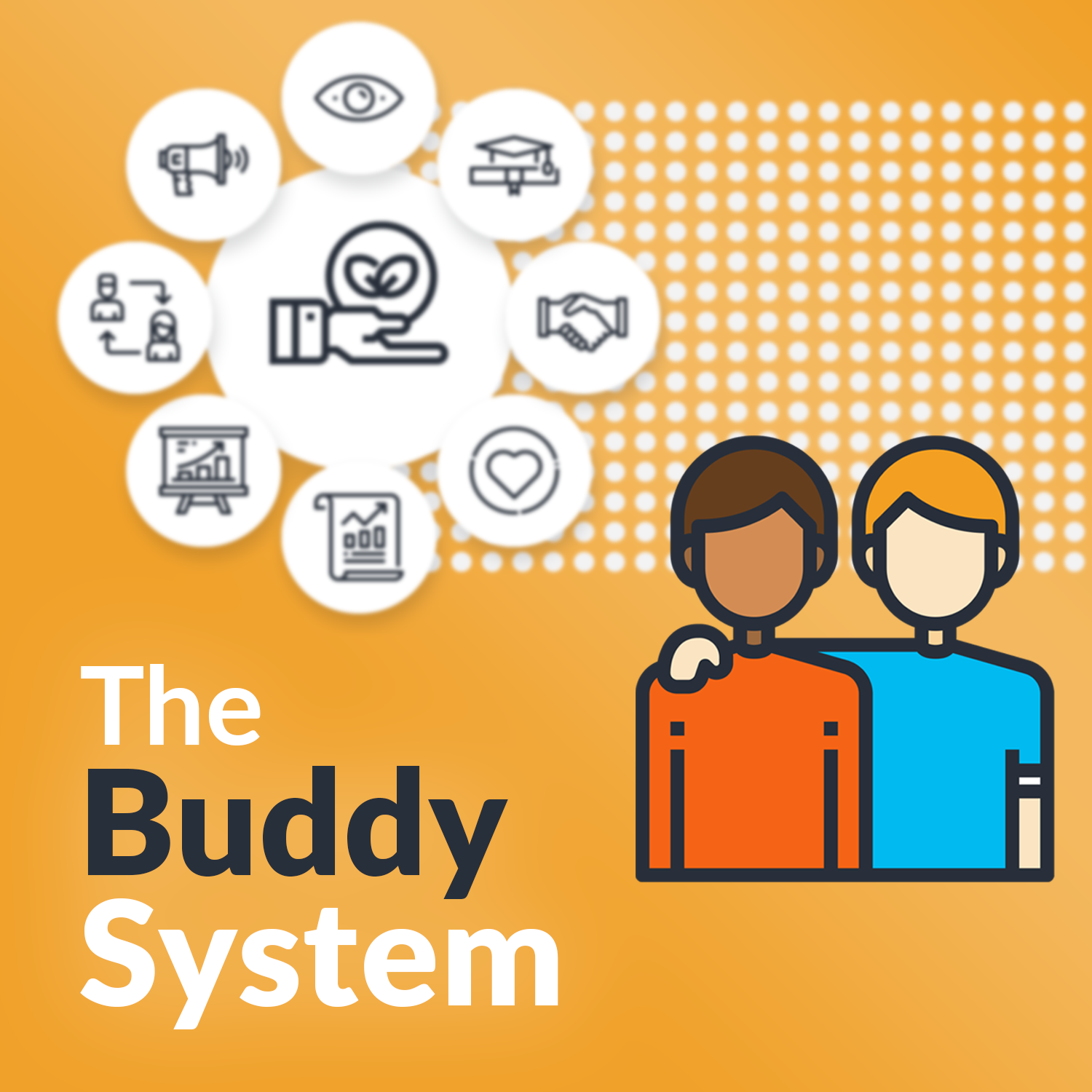

FREE Training:
The Buddy System
PLUS Get Full Access To The
Indepreneur Resource Library!
Create your FREE membership and get instant access to the entire "The Buddy System" training plus a growing list of helpful cheatsheets, workbooks - even our massive 309-page guide to Facebook Ads!
Get The Buddy System Training FREE
PLUS Full Access To The Indepreneur Resource Library!
Create your FREE membership and get instant access to the entire "The Buddy System" training plus a growing list of helpful cheatsheets, workbooks - even our massive 309-page guide to Facebook Ads!

This fan-to-artist relationship exists behind every interaction. Every video view, email, message, or sale. Take a look at the fans you’ve already created or communicated with (if any).
Can you see how the Buddy System covers the journey from stranger to raving fan?
Now that we know the basic psychology of the artist-to-fan-relationship, we can begin to create a great music marketing plan. So, let’s do that!
Set Your Music Marketing Goals
What Do You Want From a Music Career?
It's simple, but one of the key missteps to doing effective marketing is not knowing what you want out of it. You can’t hit something if you’re not aiming for it!
To get around this, it’s important to figure out how to set worthwhile goals. Let’s look at three inputs to setting a great goal and some examples for how to apply them to growing your music career.
Make sure the goal is honest and realistic
If you’ve yet to make a single dollar on your music, it may be a little early to set a goal to make $50,000 on your music this year! Do some research to make an informed assumption around your goal. Look at your current numbers and see what trajectory you’re currently on. This can help understand a possible next step.
Don’t be afraid to get a second opinion from someone who has experience reaching a similar goal. Consult your artist friends, or set up a call with an agency that has firsthand knowledge. For example, we offer consults with our experienced agency employees.
Set a time window for the goal
If your goal doesn’t have a deadline, it becomes a lot less productive. Imagine you set a goal of making $10,000 dollars on your music with no time limit...
This would give you no urgency and no framework within which to construct a plan! Since it only has to happen before you die, you’re not incentivized to make it happen on a worthwhile timeline.
You could work a few months at a time. Set one large goal for the year, and set 4 smaller goals for each quarter that ensure progress on the larger goal.
How long will it take to get your first 100 customers, for example? It's impossible to know, but a second opinion and some common-sense can give you a solid hypothesis.
Identify your Key Performance Indicators (KPIs)
It will be impossible to know if you’ve hit your goal without knowing how to TELL you’ve done so. This is where KPIs come in. It’s a simple concept - how do you measure the goal? In dollars? Streams? Email sign ups? Ticket sales? Etc.
You can’t improve what you’re not tracking. Keeping tabs on your KPIs as you move towards your goal is crucial for making sure you stay on track. Defining these early is important!
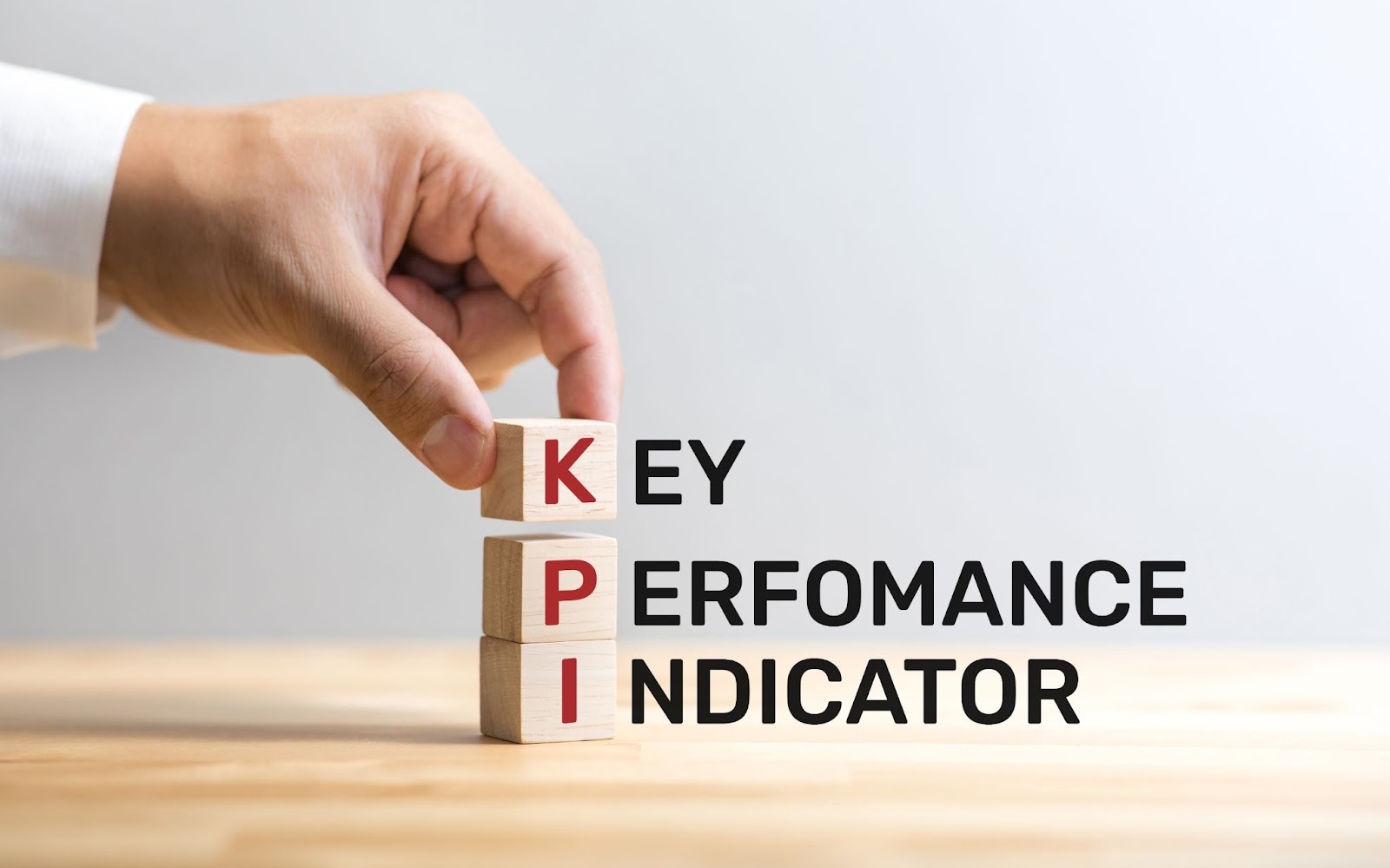
Outlining a meaningful goal is an exciting first step to a great marketing campaign. But, we can’t start to lay out our official plan until we figure out the tools available to us that can make it a reality. Next up, we’ll take a look at common marketing tools that we can use to hatch a plan that will reach our goal.
Music Marketing Tools and Assets
Core Digital Marketing Areas/Tools
There are 4 main areas of focus when it comes to building online marketing experiences. Let’s look at these core areas and get a sense of what tools we’ll need to start creating a marketing system.
Advertising
For you, this is no different. Advertising on social media is a cost-effective way to start catching attention. It also doesn’t demand a ton of DMing or cold emails.
From here on out, you should consider your music efforts to be a business. Like it or not, advertising is a core method that businesses use to get the word out and get people in the door.
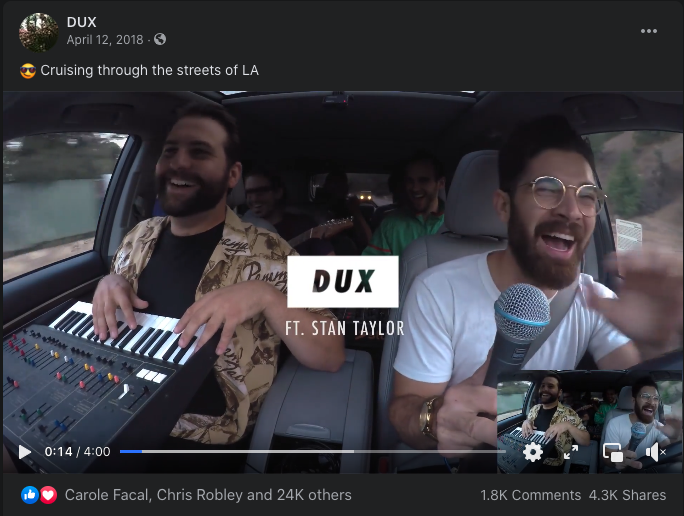
Related Tools:
Facebook/Instagram Ads Manager, Google/YouTube Ads
Email Marketing
“No one takes email seriously anymore…” I’m sure you’ve heard that or even thought it yourself at some point...right?
Well - what piece of information do you always need to provide when you log into your favorite social media site?
What is always a required field when you’re in the checkout process for that new pair of jeans?
I’m sure you see where we’re going with this...
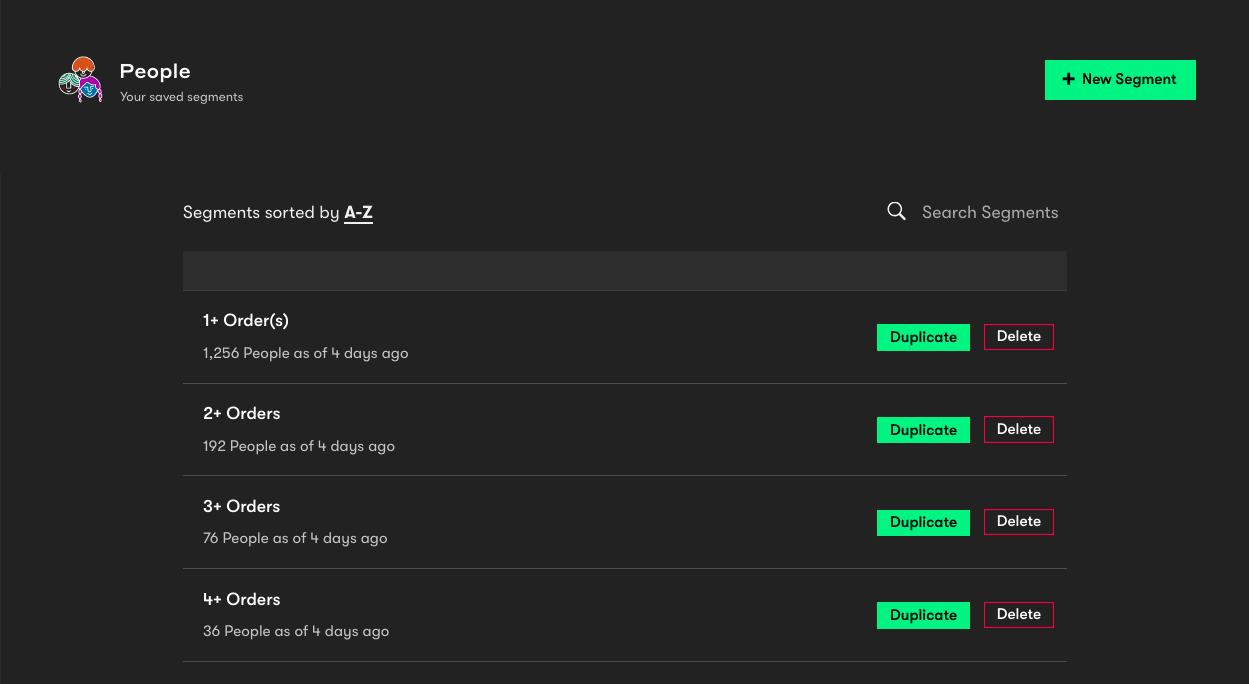
Email is a cornerstone element of most internet experiences and businesses.Because music marketing is the same as all digital marketing, email marketing is a crucial part of building and selling products to an artist's fan base.
Believe it or not, an established email list is one of the number one ways to generate regular revenue from fans.
It’s used used by every major brand, and it’s underutilized by artists. Use email to make sales offers, deliver exclusive content, and communicate with fans!
Related Tools: Email Autoresponders such as Drip, Mailchimp, ActiveCampaign, Klaviyo, etc.
Social Media/Content
Social media is the main drag for so much of our communication and commerce activities. You’ve likely heard that you should put a lot of emphasis on your socials to be a successful musician. It may take less time and effort than you think to leverage social media in a meaningful way.
At the end of the day, your socials are tools to help you achieve your goals like anything else. But, it may not be your best to raise your follower counts to “look” good. This is another reminder for why KPIs and goals are important!
Related Tools: Facebook Business Page, Instagram Business Profile, Twitter, YouTube, TikTok
Website/Cart/Store/Funnel
Whatever your music marketing goal may be, you'll need your own space on the internet sooner or later to make it happen.
This is why setting up your own web domain (____.com, ____.net, etc.) to host webpages of all kinds is crucial.
Your fans are interacting on social media, but you need them to visit your website to subscribe and/or buy. The common way to do this is by using "landing pages" within your campaigns. Having a “main website” is great, but these days most traffic is occurring on landing pages.
Consider these to be web pages specific to a certain ad campaign or promotional effort.

Creating individual pages will be a recurring skill for generating subscribers and customers.
Related Tools:
- Website Builders such as WordPress, Squarespace, etc.
- Store Builders such as WooCommerce, Shopify, etc.
- Cart Builders such as Thrivecart, WooFunnels, Clickfunnels, etc.
What Tools Do I Need to Invest in...and When?
You may be looking at this and thinking…
"woah, that’s a lot to learn, and a lot of new subscription fees!"
If you’ve never viewed your artistry as an online business, this is a natural reaction! You are not alone. Music marketing, like any marketing, requires professional-grade tools that do cost money.
It’s important to start investing in your music career, but you also won't want to overspend. Luckily, you don't need every digital marketing tool under the sun to build an audience for your music...
...typically, you'll find that these things scale as you go.
Now that you know the inputs for how you can start approaching your goal, let’s try drafting a basic plan with this in mind.
Your Music Marketing Plan
To decide on a marketing plan, consider a very simple premise: what can you do to make progress on your goal? We’ve learned about KPIs, the concept of the Buddy System, and the basic areas of digital marketing.
To construct our plan, we’ll be touching on all these elements. Let’s walk through the steps to create a robust music marketing plan while using an example to help us along the way.
Step 1: State Your Goal
Let’s say our goal is to make $1,000 in revenue from our music output in three months from today. Let’s outline a simple statement for how we'll achieve that:
"My goal is to make $1,000 from my music output over the next 3 months. To do this I will monetize through streaming revenue, merch sales, and ticketed shows."
This may seem daunting and broad, but for now it gives us a sense of the different routes we can take towards our goal. We can check our current opportunities to see what the best course of action is. We may realize leaning more into one revenue stream over the other is the key to reaching the goal.
Step 2: Assess Your Buddy System
Before we know how we can start pulling in some revenue, we need to see what kind of fanbase we currently have, if any. Any music marketing interaction we’re looking for will sync up with the Buddy System in some way or another. If our goal involves creating subscribers, we need to work to get fans into the Permission stage. This helps us understand what kind of marketing plan we should set up.
Since our example goal involves making sales, we’ll be trying to create fans in the Affirmation stage. As a reminder, the Permission stage precedes the Affirmation stage. As such, we'll need to create email subscribers before we can create customers.
To assess how many fans we have across the stages of our Buddy System, we need to find a way to quantify each stage. Many of the tools we identified can help us to discern this. Here’s a quick guide for how to identify the amount of fans that relate to each Buddy System phase.
- Introduction - The amount of fans that have interacted with your socials within the past year.
- Education - The amount of fans that have watched a music video, engaged in comments or messaged you, and visited your website.
- Permission - The amount of subscribers you have on your email and/or text list.
- Affirmation - The amount of subscribers that have placed at least one merch order.
- Ascension - The amount of subscribers that have placed at least two orders or have a high 'lifetime value'.
You can find these in Facebook Ads Manager, your Autoresponder, your online store’s back end, etc.
Do some digging to figure out the ‘true’ numbers of your Buddy System. If you want to audit your Buddy System in the clearest way possible, check out our Buddy System training.
Step 3: Decide on Your Marketing Campaign(s)
Once you know the state of your Buddy System, you can have a clearer sense of the steps you’ll need to take to reach your goal. It is probable that you may need to run a series of efforts rather than one ace-in-the-hole marketing push.
Let’s consult the Buddy System once again with our example. Let’s say that our Buddy System assessment reveals the following:
- Introduction stage: 50,000 Fans
- Education stage: 2,500 Fans
- Permission stage: 50 Subscribers
- Affirmation stage: 0 Customers
To hit the $1,000 goal we’re looking for, we need to create Affirmation level fans. To do that, we'll need to move some fans from the Introduction stage to the Education stage, then the Education stage to the Permission stage, etc…
These “pushes” between stages of the Buddy System are “campaigns”. Your goal may involve a few campaigns depending on the nature of the Buddy System. The example above shows us what we're up against in trying to create Affirmation fans. Let’s keep running with our example to see what kind of campaigns we’ll need to set up to reach our long-term goal.
Campaign 1: Educate
We’ve got a lot of people in the Introduction stage, but few in the Education stage. To move them along, we want to run campaigns that create a deeper relationship with fans. In our example, let's pretend we started a weekly livestream series. In this series, we perform songs and take questions from fans.
Campaign 2: Get Subscribers
We have a few subscribers currently (50), but we don’t yet know if they are the buying type. We should build up our email list a bit to make sure we have enough volume to support a sales offer in the future. To do this, we'll have to find a way to entice fans into subscribing to our email list. This is often done by using a "digital bribe" composed of exclusive content or experiences.
Campaign 3: Nurture Subscribers
We want to reward fans who subscribe to our email list and make it worth their while. We do this through ‘email nurturing’. heck in with your subscribers weekly, send them exclusive content, and create interactions. These are all great and common nurturing strategies!
Campaign 4: Make a Sales Offer
Once we've built enough rapport with our fans, it will be time to make a sales offer before long. This could be the main way to reach our revenue goal. We’ll want to plan out a merch item that we can offer and ensure we’re able to collect payment for it on our online store or cart.
If you’re unsure about what campaigns you should run, it’s helpful to consult the Buddy System. Any time you need to create more fans in a given stage of the System, it will likely coincide with a campaign. In making this evaluation, you may stop to realize that your goal was a little ambitious. That is okay!
Let's consult our example once more. Maybe as we get moving towards our goal, we realize that finding 100 subscribers is a more realistic goal. Make adjustments to your goal and lay out your campaigns as necessary before deciding to execute the plan. Your goals will become easier to set and forecast as you do this more and more.
4. Track Your Music Marketing Campaigns
How Do You Know Your Campaigns Are Working?
It’s time to introduce a hard truth.
You may create awesome music. You might create incredible content to pair with it. You might study up on digital marketing tactics and set forth a perfect music marketing plan…
...But you launch it…
AND…
...It doesn’t work like you thought it would.
Unfortunately, this is a part of marketing - it’s not as simple as initiating your plan and seeing great results. Part of the process is keeping an eye on your campaigns to ensure they are creating the results we want. If they’re not, we need to be ready to make positive changes that put us back on track. So, how can we do that?
Well, let’s bring back our favorite acronym - KPIs! We want to define KPIs that show us if we are moving towards our goal. Get in the habit of setting clear KPIs for each campaign you run. Let’s keep going with our example to see which KPIs we can use for each campaign.
Campaign 1: Educate
- KPIs: DMs in our inbox, fans who have watched at least 75% of a music video, comments on a post, livestream viewers
Campaign 2: Get Subscribers
- KPI: Amount of new email subscribers that result from the campaign
Campaign 3: Nurture Subscribers
- KPI: Amount of email subscribers with a higher than average open and click rate on email sends
Campaign 4: Make a Sales Offer
- KPI: Revenue in dollars and or/orders generated
Now that we know potential KPIs, we need to be sure we can actually track them. This emphasizes the need for marketing tools that allow us to keep good track of how things are rolling. For example, you’ll never know if you’re nurturing your email subscribers if your autoresponder doesn't allow you to check open and click rates! If this is the case, it’s time to change tools.
So we can check that our campaigns are doing well by using competent tech tools and setting clear KPIs. But what if the campaign isn’t doing well? Let’s move on to a new concept that will help you ensure you remain on track to hit your goal.
5. Pivoting Your Music Marketing Campaigns
“Pivoting” in marketing is a skill that can be the difference-maker for so many campaigns. Learning how to change up your approach when things go south is key to getting good results.
What If My Campaign Isn’t Doing Well?!

First: Don’t panic! Most campaigns start with a not-so-great first try. It would be quite miraculous if you got -every- campaign right on the first attempt! The gold comes from learning why it’s not working and learning how to try again, but with something better.
Get in the habit of monitoring your campaigns as mentioned earlier. Getting a sense for what “good” results are for you is an ongoing process. You may find that your given KPI (click rate, sales rate, cost per view, etc) is different than some of your peers. Learning how to spot a bad result will take some intuition and commitment to your marketing.
The more you’re able to spot weak KPIs or metrics, the more you’ll be able to troubleshoot. Let’s look at our example once more:
Let’s say in Campaign 1 (‘Educate’), we’re seeing a great response to our regular livestream efforts. It is creating new listeners and an engaged initial fanbase. Let’s say you’re getting an average of 35 attendees per video on your livestream series.
But, for Campaign 2 (‘Get Subscribers’) you’re seeing a much lower result. There are few subscribers coming in on a weekly basis despite going live and running ads.
What could be the problem? We know for sure that the audience we’re trying to get subscribers from is enthusiastic, so that's not a problem. We could start by looking at the ads we’re running to try to gain sign ups.
If the ad has a low click rate, it means that the ad is not compelling your fans to take action. Let’s assume we check that number in Facebook Ads Manager and find that the cost per click is good - $0.10 per. Well, what could be the problem then?
Let’s take it one step up the chain and look at the webpage that you’re running traffic to. What if there’s something wrong with the page that makes fans second guess actually signing up?
You check the conversion rate on the page and you see that 85% of your traffic is coming through mobile. Your web page is not optimized for mobile, so fans are having a hard time actually using the submission form. There’s the culprit! You should spend some time updating that page to look and work well on mobile and see if that fixes the problem.
Understanding your tools and knowing what each metric means is an ongoing process. You may not know where to look so that you can make a meaningful pivot out of the gate. Considering each step a fan will take in your campaign is a good first place to start. If you’re not seeing an issue on one piece of the campaign, check the next step up.
The practice of pivoting will help you understand your audience better over time. Stick with it and you’ll have a better instinct with each new marketing plan you execute.
6. Reflect On Your Music Marketing Efforts
Be sure to reflect on each of your marketing plans. If you execute a plan yet never discern if you reached your goal, what good was the plan?
This can give you clear insights on how to reach bigger goals, or how you misjudged your goal if it didn’t go so well. Understanding the results of your plan is crucial so that the next one you put forth can make sense!
To reflect on your marketing plan, ask yourself these questions:
- Did you reach your goal?
- If yes, did you exceed it, and by how much?
- If no, how close were you to reaching it?
- What didn’t go well?
- What went well?
- How do these results inform your next possible goal?

Let’s examine our example one last time to see how we're able to learn some lessons from our campaign.
Did you reach your goal?
No, we didn’t create any sales - so we missed our goal!
What didn’t go well?
I struggled to get email subscribers. I learned that there was a mobile page optimization issue that was hurting email signups. Fixing this error didn’t leave me with enough time to create a proper sales offer campaign.
What went well?
I learned how to spot bad areas in my marketing system, and was able to pull in about 100 new subscribers once I pivoted!
How do these results inform your next possible goal?
This makes me realize that I may have been ambitious to try to earn $1,000 in three months. My next plan is to generate more email subscribers and nurture them before making a sales offer.
Being honest about your results (no matter how bad they might sting) is important! If we lie to ourselves about our results, we can never improve them and get to where we want to go with our music career.
Conclusion
Marketing your music is a meta skill that will remain valuable to you for as long as you are an artist...
As you begin to understand great ways of marketing your music, you will have less excuses for not finding success....
You'll also find that previously daunting challenges like drawing fans to a show or selling out your run of t-shirts can be overcome!
Always remember that this marketing approach can be what you rely on to carry your music career far into the future.
So, there you have it. Now you can start building a monetizable fanbase the real way. And, by real, I mean rooted in reality and feasibility...
Apply these intentions to everything you do, and you'll be set up for a great independent music career!
Refer to our INDIEPRO membership. We offer step-by-step video trainings for every strategy mentioned in this article.
Now go forth and build the music career you’ve been looking for this whole time!
